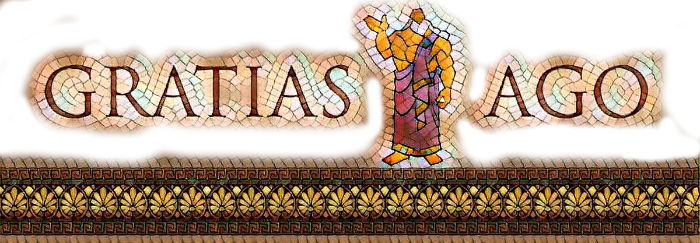
Tday it is Dies Endotercisvs – the days split into three parts. They usually take place on the day before the feriae – Roman celebrations. On a day like this the morning hours are NEFASTI, afternoon – FASTI and evening hours – NEFASTI again. A bit complicated but being a Roman require some sacrifices…
It is the 19th day before Kalendae Ianuariae.
It is the F nundial day, it’s the 7th day before Nundinae – the market day this year. Some fasti of the early Principate mark January 14 as a Dies Vitiosus, a religiously defective day, because it was the birthday of Mark Antony. The phrase diem vitiare (“to vitiate a day”) in augural practice meant that the normal activities of public business were prohibited on a given day, presumably by obnuntiatio, because of observed signs that indicated defect (morbus; see vitium). Unlike a dies religiosus or a dies ater (“black day,” typically the anniversary of a calamity), a particular date did not become permanently vitiosus, with one exception. Some Roman calendars (fasti) produced under Augustus and up to the time of Claudius mark January 14 as a dies vitiosus, a day that was inherently “vitiated”. January 14 is the only day to be marked annually and officially by decree of the Roman senate (senatus consultum) as vitiosus. Linderski calls this “a very remarkable innovation.” One calendar, the Fasti Verulani (c. 17–37 AD), explains the designation by noting it was the dies natalis of Mark Antony, which the Greek historian and Roman senator Cassius Dio says had been declared dies vitiosus by Augustus. The emperor Claudius, who was the grandson of Antony, rehabilitated the day.








